Meditation to Relax
Meditation to relax can be an excellent tool for relaxing both your mind and body.

Selfpause Affirmation App
Download the app to get 1,000’s of affirmation meditations and everything you need to write, record and listen to your own.
Meditation can be an excellent tool for relaxing your mind and body. The goal is to learn to observe sensations in your body, such as tense muscles. You may also want to focus on your breath and where it’s coming from. Then, as your attention wanders, gently redirect your attention back to your breath.
Transcendental meditation
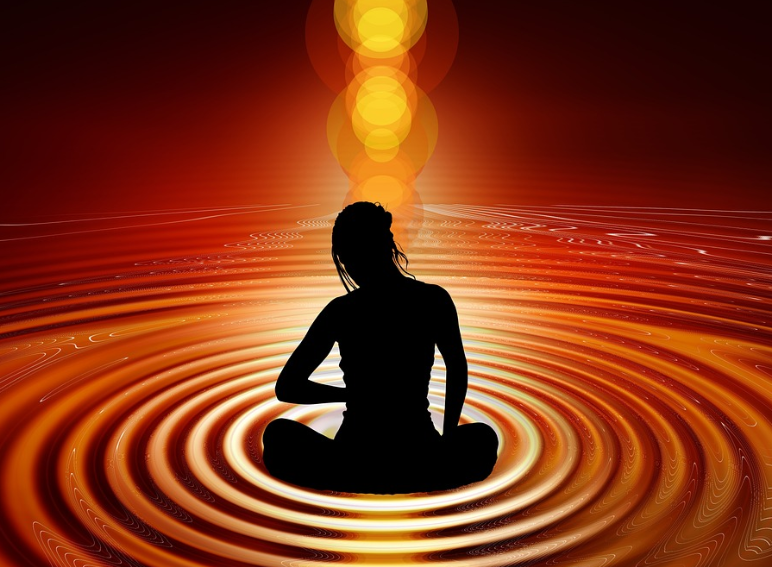
Studies have shown that practicing Transcendental Meditation can reduce stress and improve the brain’s ability to process information. In one study, researchers found that the brains of those who practiced meditation showed an increase in blood flow in regions related to attention and decreased blood flow in areas related to arousal. They also found that participants who practiced Transcendental Meditation were less likely to suffer from depression and burnout. Although it is possible to learn Transcendental Meditation on your own, it is recommended to take a class with a trained teacher to achieve the full benefits of this practice.
Transcendental Meditation has numerous benefits, but it is particularly effective for people suffering from PTSD. Its benefits were observed in a study comparing the technique to prolonged exposure therapy and PTSD health education. The participants who practiced Transcendental Meditation showed significant reductions in PTSD symptoms.
When practicing Transcendental Meditation, practitioners repeat a specific word or sound called a mantra in their head. Then they sit in a lotus position or cross-legged. While many people choose a mantra according to their preference, others choose a word, affirmation, or phrase. The word or phrase should reflect the intention of the practitioner. Transcendental Meditation is easy to practice anywhere. All you need is a chair, a meditation mat, and your breath.
To practice Transcendental meditation, you must sit comfortably and close your eyes. Make sure the room is dark and distraction-free. If your room is noisy, try to turn off the TV or put it on silent. You may also want to limit the distractions such as family members or pets. Once you’re comfortable in the room, sit down in a comfortable position and close your eyes for a few seconds. Then breathe deeply and quietly. Repeat this for at least 20 minutes.
Progressive muscle relaxation
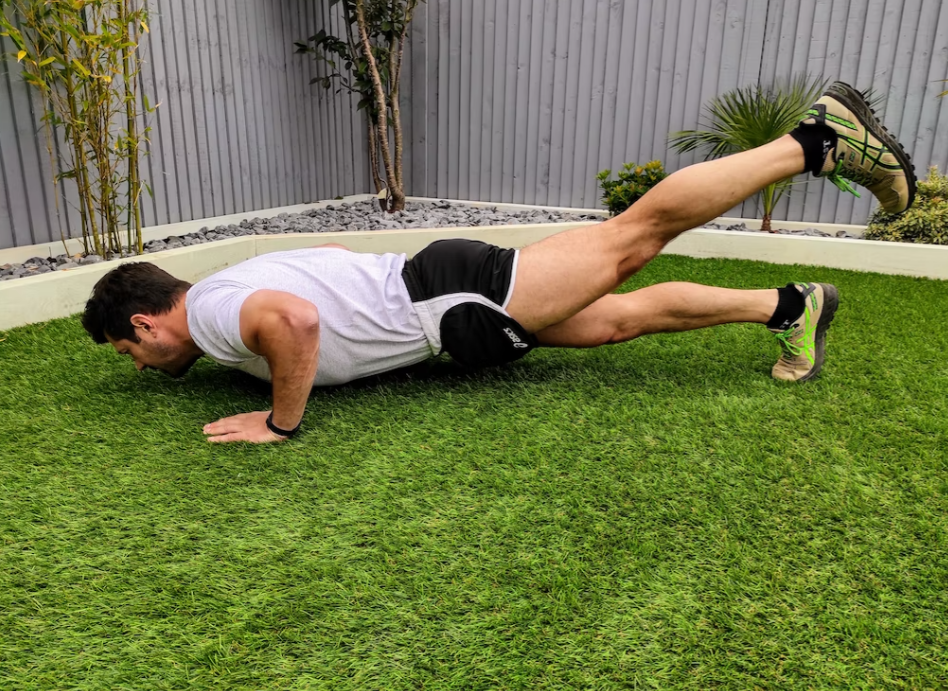
You can do progressive muscle relaxation during meditation by focusing on breathing deeply. To do so, you should find a quiet place without interruptions. Next, notice any tension you have throughout your body. For example, you might feel tight muscles in your forehead, neck, or arms. Then, tens them for five seconds and relax them for 30 seconds. Repeat this process until all of your muscles are relaxed.
Progressive muscle relaxation can be a powerful tool to release muscle tension and reduce overall tension. Simply tensing and then relaxing each muscle group in succession helps you focus on the sensations of tension. In addition, it can help you relax and sleep better. It can even help you cope with irritable bowel syndrome.
A progressive muscle relaxation routine can be useful to incorporate into your daily self-care routine. It’s especially beneficial at times when stress levels are high. Developed by Edmund Jacobson in the 1930s, this technique involves actively contracting and relaxing muscle groups. Generally, this routine should be repeated for ten to twenty minutes. Progressive muscle relaxation practitioners suggest focusing on specific muscle groups in sequence, beginning with the lower extremities and working up to the face.
One study found that progressive muscle relaxation is effective in reducing anxiety and controlling shortness of breath. The practice involves tensing various muscle groups while inhaling and relaxing them when exhaling slowly through pursed lips. The patient must learn the proper sequence of muscle groups in order to achieve a deep state of relaxation. A common sequence involves tensing the face first, then tensing and relaxing the neck.
Gawain’s meditation
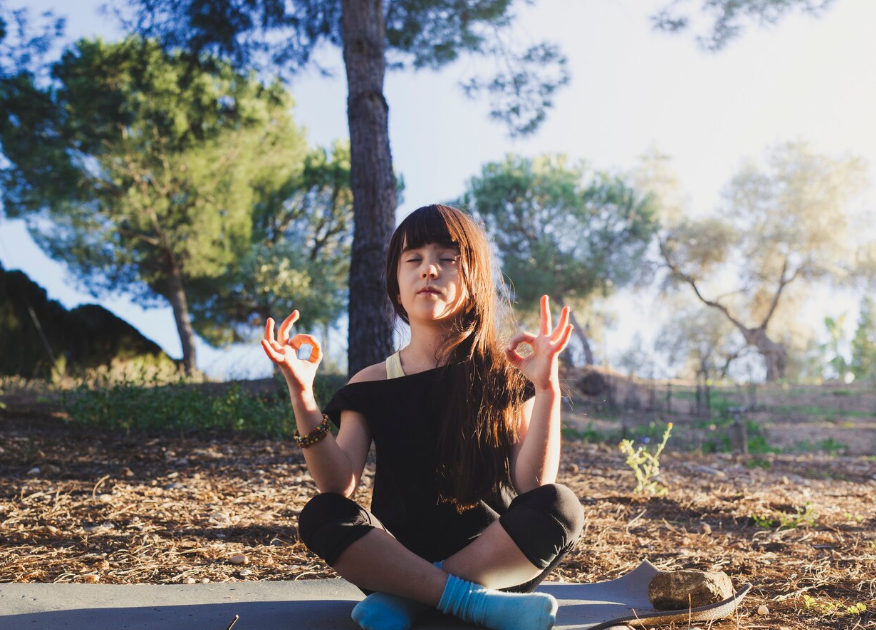
Shakti Gawain’s Creative Visualization is a meditation technique she designed for people to relax. This technique uses positive energy to create images and helps people relax and eliminate stress. It can improve many aspects of life and is a helpful way to relieve stress and improve your life in general.
The film is visually striking, and the actors give great performances. It’s hard to imagine any other movie with such powerful visuals and acting. “The Green Knight” has a lot to offer. It’s an impressive, if somewhat over-the-top, retelling of the tale.
Shakti Gawain is credited with being the first Western person to study meditation. Her 1978 book is considered a classic of conscious living literature. The focus in Western meditation is to fill your mind with positive things, replacing negative thoughts with positive affirmations and images. Eastern meditation, on the other hand, focuses on the inner guide.
Before beginning meditation, it is important to sit comfortably. It’s helpful to lie flat on the floor or sit upright with your feet flat on the floor. Then, close your eyes. Close your eyes and become aware of your body’s sensations and imagine your body relaxing.
Walking meditation
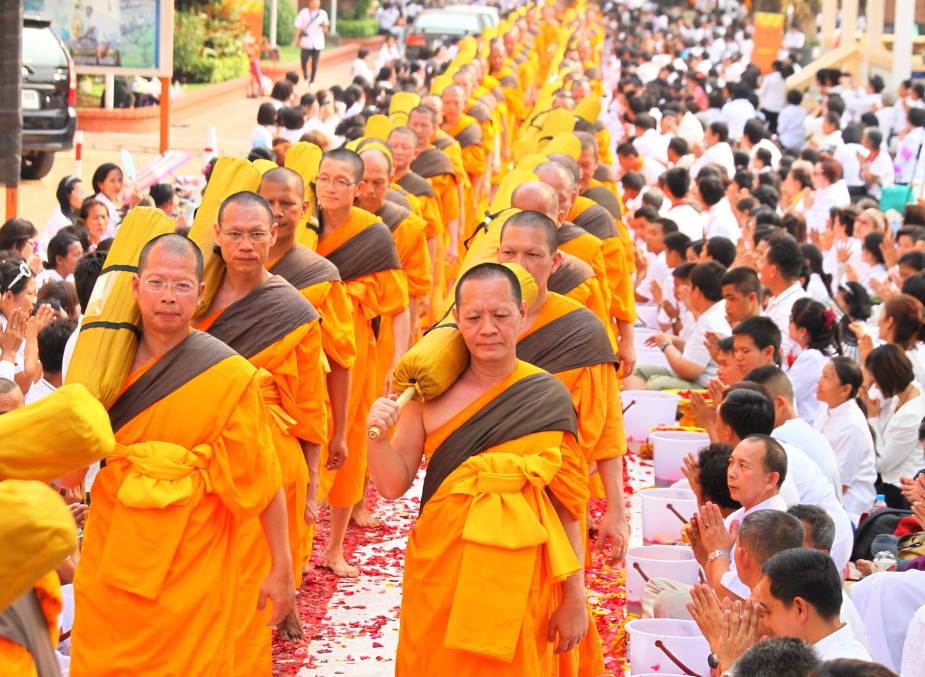
Walking meditation can be a very effective technique for relaxing your mind and body. It involves walking with awareness of the posture, breathing, and sensations in your body. It’s easy to practice anywhere, even at home. This type of meditation allows you to bring your body, mind, and spirit together. Walking meditation can also help you feel more alert and centered.
While walking, you can focus on your breath and all the sensations in your body. You can also concentrate on the sensations you feel in your legs, feet, and head. You can also focus on the sound and sight of your surroundings. By doing this, you can experience a deep sense of relaxation.
While walking, you can also focus on your feet. Focus on these sensations as they come and go. Feel how the ground feels under your feet. Notice the sensations that come with every step. Try to feel the difference in temperature and dampness between your feet and the ground. You can also notice the sensations in your skin as you walk.
The meditation session lasts anywhere from five to twenty minutes, but you can also do longer sessions if you prefer. Afterward, gently stop walking. You should notice that your mind wanders less. This is normal, and you shouldn’t feel bad about it.
Visualization

Visualization is a common tool used during meditation to relax the mind. It involves imagining a peaceful place or situation. Once you’ve chosen a place, try to remember the details of your visualization. If you have the time, spend a few minutes in that place. This practice can also be used to enter a dream.
Visualization helps us manage difficult feelings, such as frustration and stress. It also improves our performance by creating strong neural pathways in the brain. In addition, we can use visualization to develop confidence. It also enhances our preparation for a specific task. This technique has even been shown to improve motor control, attention, perception, planning, and memory.
Visualization is also a great way to improve your compassion for others. In meditation, it’s important to practice compassion for those around you and for yourself. By visualizing something pleasant, we can become more compassionate and empathic toward others. This practice can also improve our sense of well-being, completeness, and creativity. So, if you’re looking for a powerful meditation tool, try visualizing a beautiful landscape.
Another useful visualization technique is to visualize a relaxing color. This is especially helpful when you’re feeling stressed out or anxious. Visualization exercises can help you separate the stiff muscles caused by stress or anxiety from the troublesome ones. To use this visualization exercise, first, sit in a comfortable position and focus on choosing a relaxing color.
Mindfulness meditation
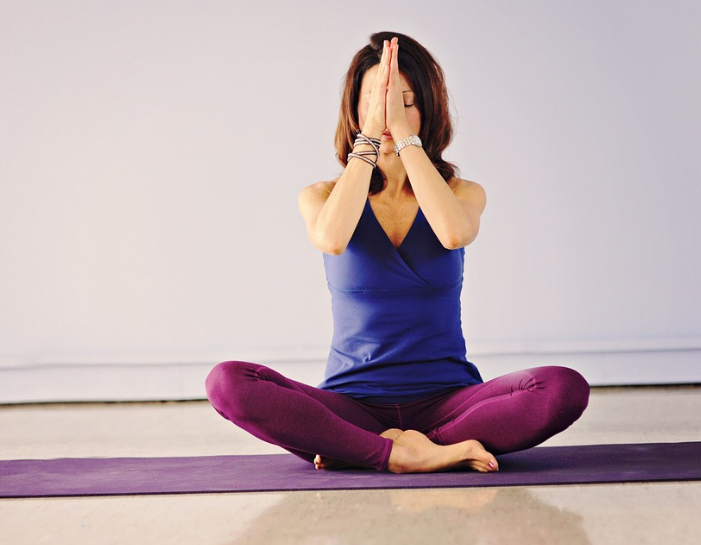
One of the best ways to relax is to practice mindfulness meditation. Mindfulness is a basic element in most types of meditation. Practicing in a quiet space can help you feel more relaxed and calm. It encourages awareness of the breath and draws attention to areas of tension in the body. The process of practicing mindfulness meditation is relatively easy to learn, and it can be useful in a variety of situations.
You don’t have to practice mindfulness meditation alone, though. You can also practice it with a guided program. The benefits of mindfulness meditation are numerous, and you can practice it anytime, anywhere. It can reduce stress and pain and give you more focus in a stressful situation. Mindfulness meditation can also help you deal with difficult situations and regain your focus.
Mindfulness and relaxation are often used interchangeably, but the two practices have some similarities. Depending on the disorder or ailment, you may benefit from one or the other. It is important to understand the differences and similarities between both techniques so you can make a better decision when choosing a relaxation technique.
When you practice mindfulness meditation, try to focus on the present rather than on the past or future. The goal of meditation is to be aware of the present, so focus on what is going on in your body. Focus on your breath and feel the sensations.
Our Top FAQ's
Meditation is a practice that involves focusing the mind on a particular object, thought, or activity to achieve a state of heightened awareness and relaxation. It is thought to work by helping to quiet the mind and reduce mental chatter, allowing the individual to better focus on the present moment and achieve a state of calmness and relaxation.
Meditation can be effective for relaxation because it helps to reduce stress and anxiety, lower blood pressure, and improve overall well-being. By focusing the mind and calming the body, meditation can help to quiet the mind and promote a sense of relaxation and inner peace.
There are many different techniques for practicing meditation, but some common ones include focusing on the breath, repeating a mantra or word, or visualizing a peaceful scene. It’s important to find a technique that works well for you and to practice regularly in order to see the benefits.
There are generally no risks or drawbacks to using meditation for relaxation, although some people may find it challenging to quiet the mind and maintain focus at first. It’s important to approach meditation with a positive attitude and to be patient with yourself as you learn the practice.
Meditation can be used in conjunction with other relaxation techniques or therapies, such as deep breathing, progressive muscle relaxation, or mindfulness-based stress reduction. These approaches can work together to help promote relaxation and reduce stress and anxiety.
